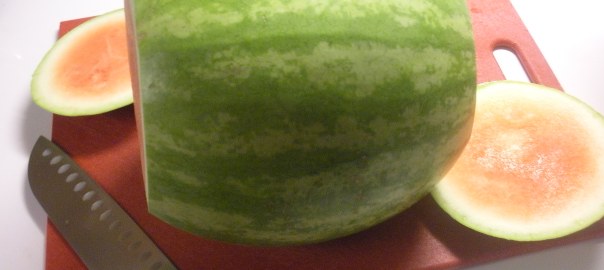I really like tomato soup in the fall.
I like it so much, I don’t think there’s a version of it out there that I haven’t liked: with rice or pasta, finished with cream, topped with tortilla strips and cilantro…they all make me really happy.
Except when it comes from a can. Don’t get me wrong, I have totally been the girl who brings canned tomato soup in my thermos to work. It just doesn’t make me particularly happy. And, since it is tomato season, and I love to cook, here we are! Ready to make a really great pot of homemade tomato soup that will make us all warm and cozy, leading us to break out any fuzzy socks that are waiting in the sock drawer and snuggle in.
For me, the key to a great tomato soup is to balance out the acidity of the tomatoes with some source of sugar. Normally, plain white sugar is added to deal with this. But a trick I learned a long time ago really solves the acidity problem in a way that doesn’t have us dumping sugar into our vegetables: add carrot. I was taught to add chunks of carrot in the early steps of the soup making, and then to pluck them out before you served it. It worked, and it did take away some of the bite of tomato soup. But really, I thought, why take them out? They add great color, great nutrients, and increase the sweetness factor in the finished product! And they, like tomatoes, love to be roasted to develop all their great natural flavors.
-
Preheat oven to 400 degrees. Take all your chopped veggies and lay them on a sheet pan or large casserole dish (there is going to be some liquid after they roast, so make sure you have a decent lip on the pan). Drizzle olive oil, salt and pepper on them, and let the veggies roast on the bottom rack of the oven for 1 hour – taking them out to stir every 20 minutes or so.

Your kitchen is going to smell amazing. Just wait. -
Once the veggies are done, pour the whole lovely lot of them into a large stock pot. Don’t leave any of the juices in the baking dish! Add your stock, tomato paste, can of diced tomato, bay leaf and seasonings, and bring to a boil. Turn the heat down to medium or medium low and let it simmer for about 30 minutes. Give it a taste, and adjust any seasonings if you need to. If you feel like it isn’t sweet enough for you, then go ahead and add a tsp of sugar. But remember, the amount of sugar you add is directly related to how much your soup will taste like canned soup! So take it easy.
-
If you have an emersion blender – lucky you! I really need to get one. I only have a regular blender, so I get myself a large bowl and add about 3 ladles of soup into the blender and let it get nice and smooth before I put the now blended soup into the bowl. I keep doing this until my soup pot is empty and I now have all my veggies blended together and happy. **Important tip! Don’t add too much hot soup to your blender (make it less than 1/2 full), or you will find that you and your walls are now covered in hot red liquid.
Here is where you get to make a choice about your finished soup. Do you love it just as it is, all natural and slightly textured? Or do you prefer to make it as smooth as you can? If you are perfectly happy and can’t wait to dig in, then go get some kind of cheese sandwich and enjoy the rewards of your work! Or, take this one extra step…
-
If you have a food mill or a fine strainer (or some cheesecloth, or painting mesh), pass the blended soup through it and it will remove any of the seeds and pulp that was left over from the blending step.
I used my fine strainer (or chinoise) and I got quite a bit of pulp out of the soup.









